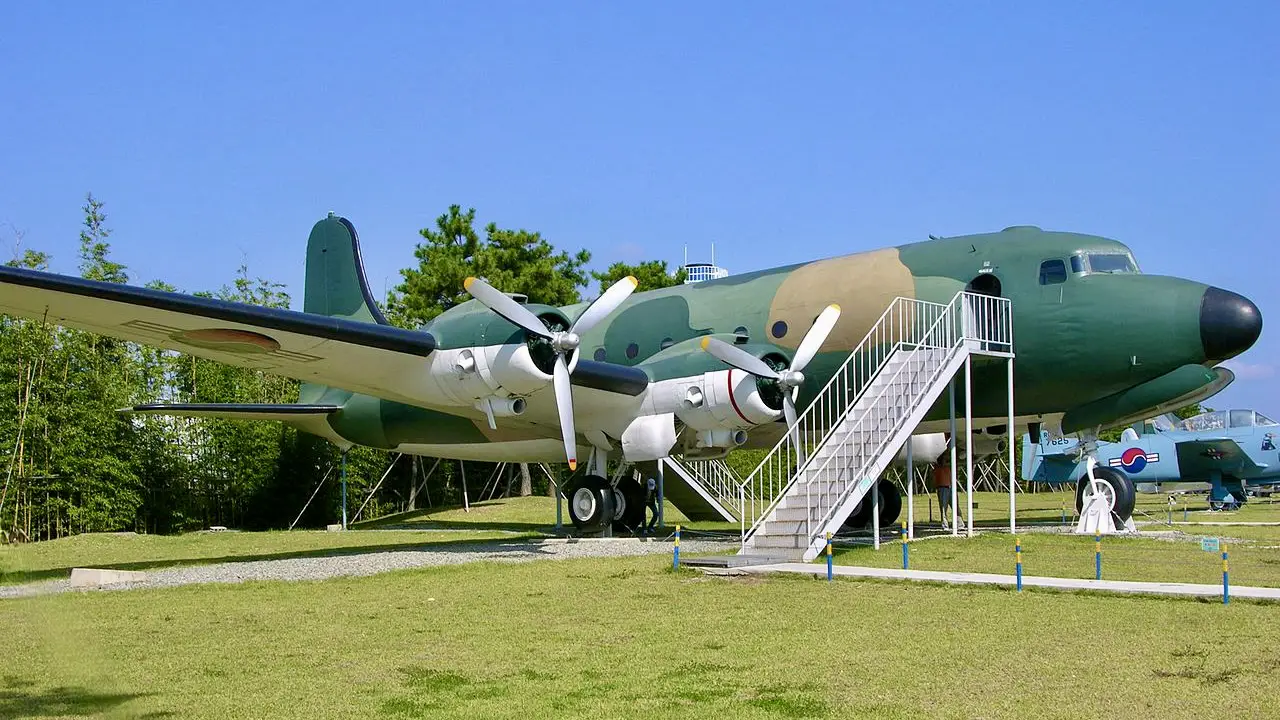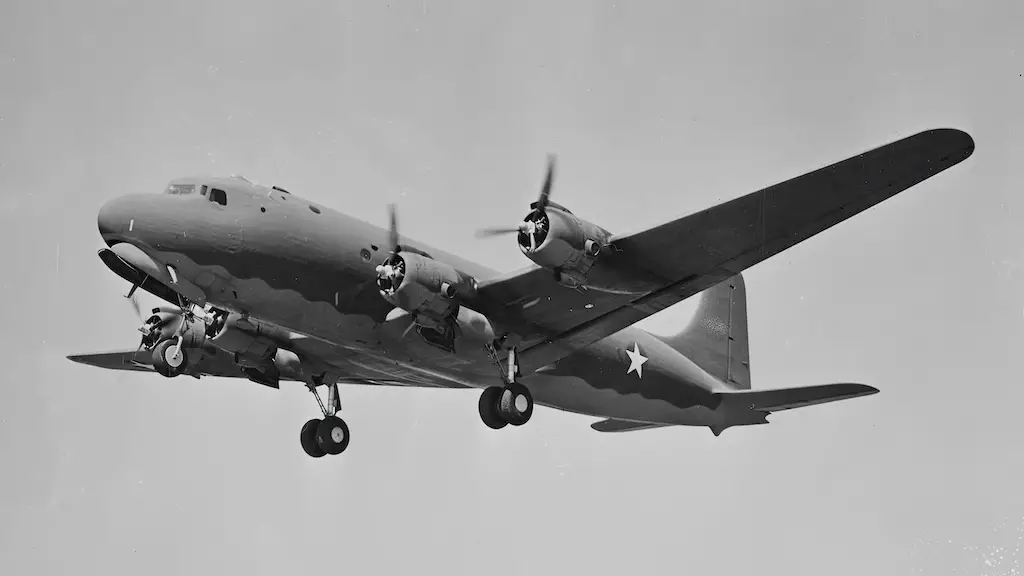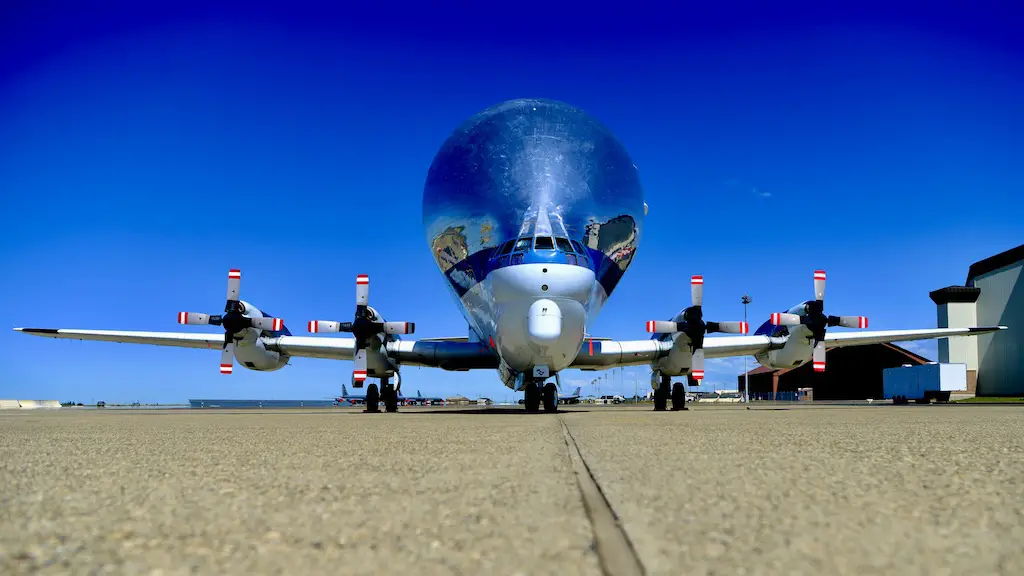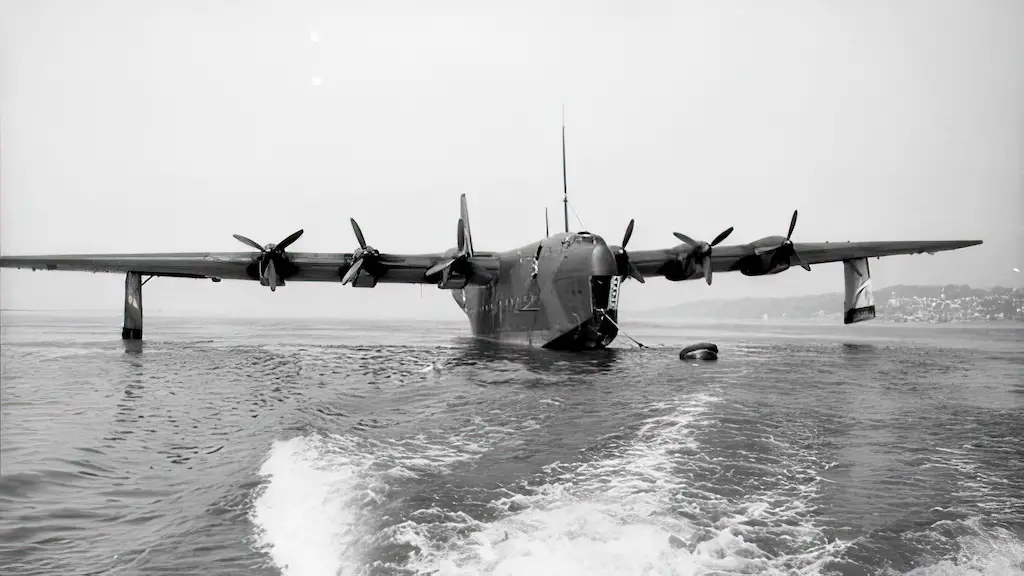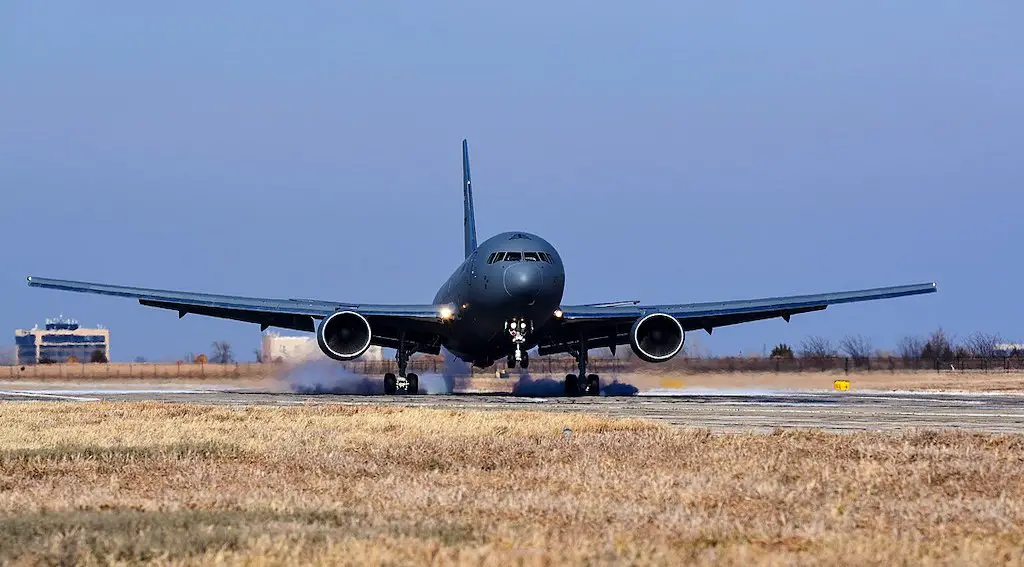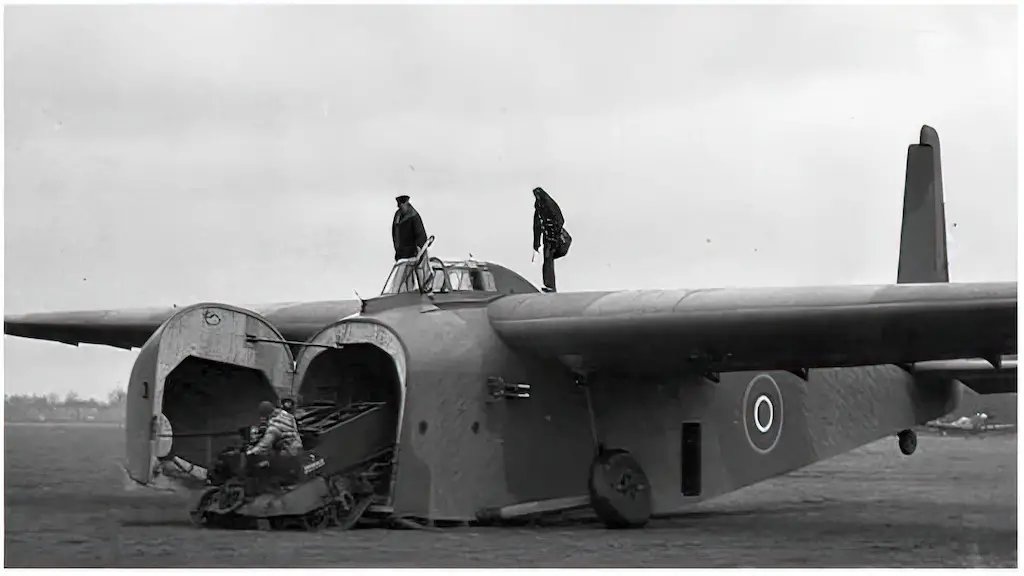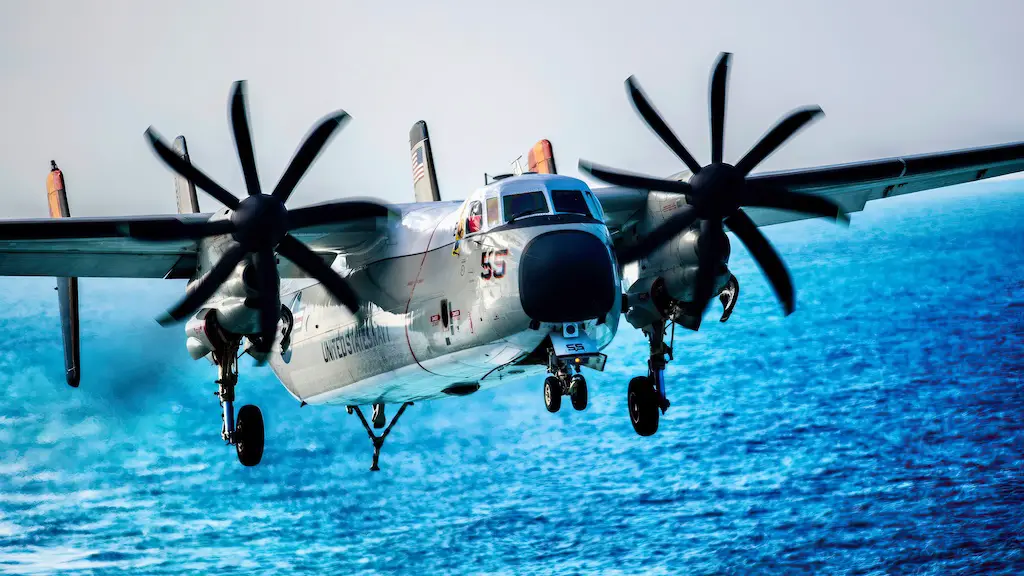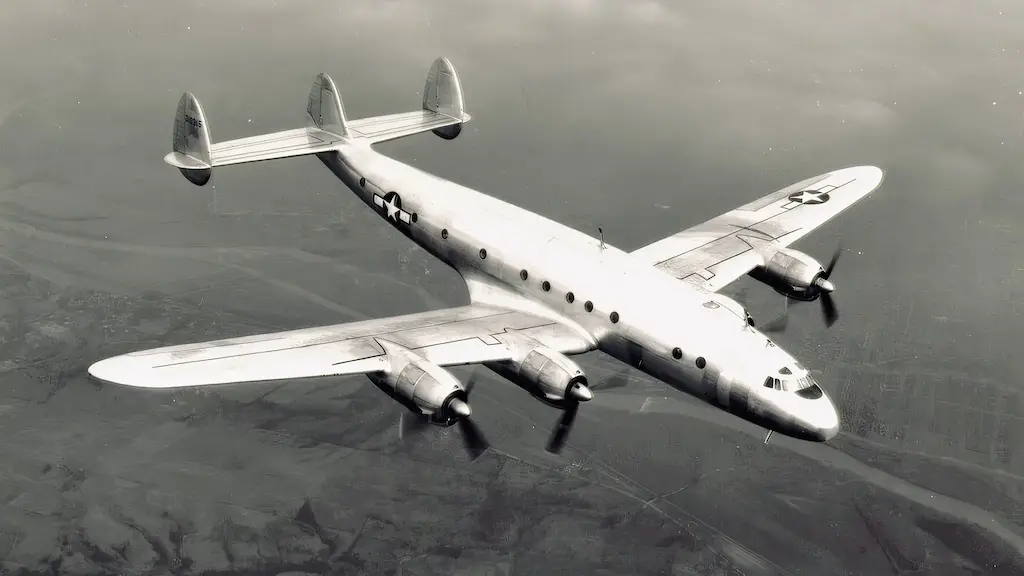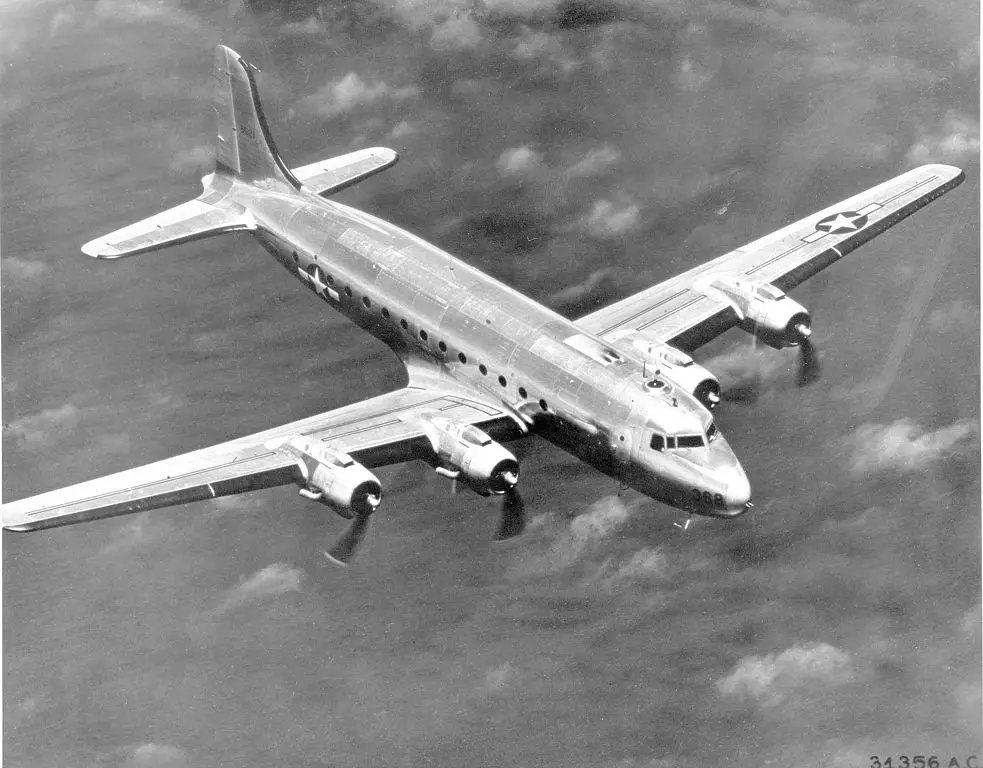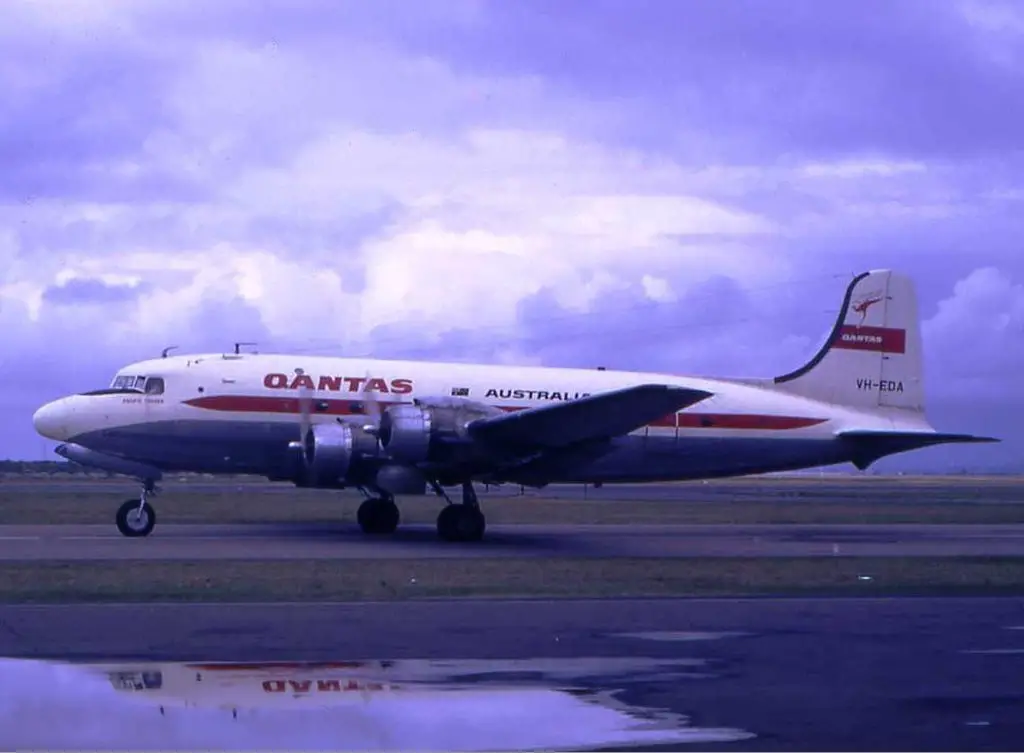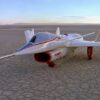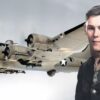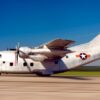Soaring into History
Hailing from a time when the world was entrenched in the throes of global conflict, this legendary aircraft swiftly rose to prominence and carved its niche in aviation history. This is the story of an aircraft that played a pivotal role in shaping the course of history, from the turbulence of World War II to the demanding period that followed, and beyond. Let’s embark on a fascinating journey through time, retracing the remarkable saga of the Douglas C-54 Skymaster.

The Birth of the Douglas C-54 Skymaster
From humble beginnings to wartime hero and finally to a distinguished veteran, the story of the Douglas C-54 Skymaster is a compelling tale of innovation and resilience. The need for a larger, more efficient transport plane during World War II spurred its creation. Engineers based its design on the civilian Douglas DC-4 airliner. The transformation wasn’t easy, but necessity fuelled innovation.
During its development, the Skymaster went through a rapid metamorphosis. The transformation added more fuel capacity, cargo doors, and strengthened floors to support heavy loads. It went from prototype to production in a record span of time, making its maiden flight in 1942 and entering service in 1943. It was an impressive feat for a plane of its size and capabilities.
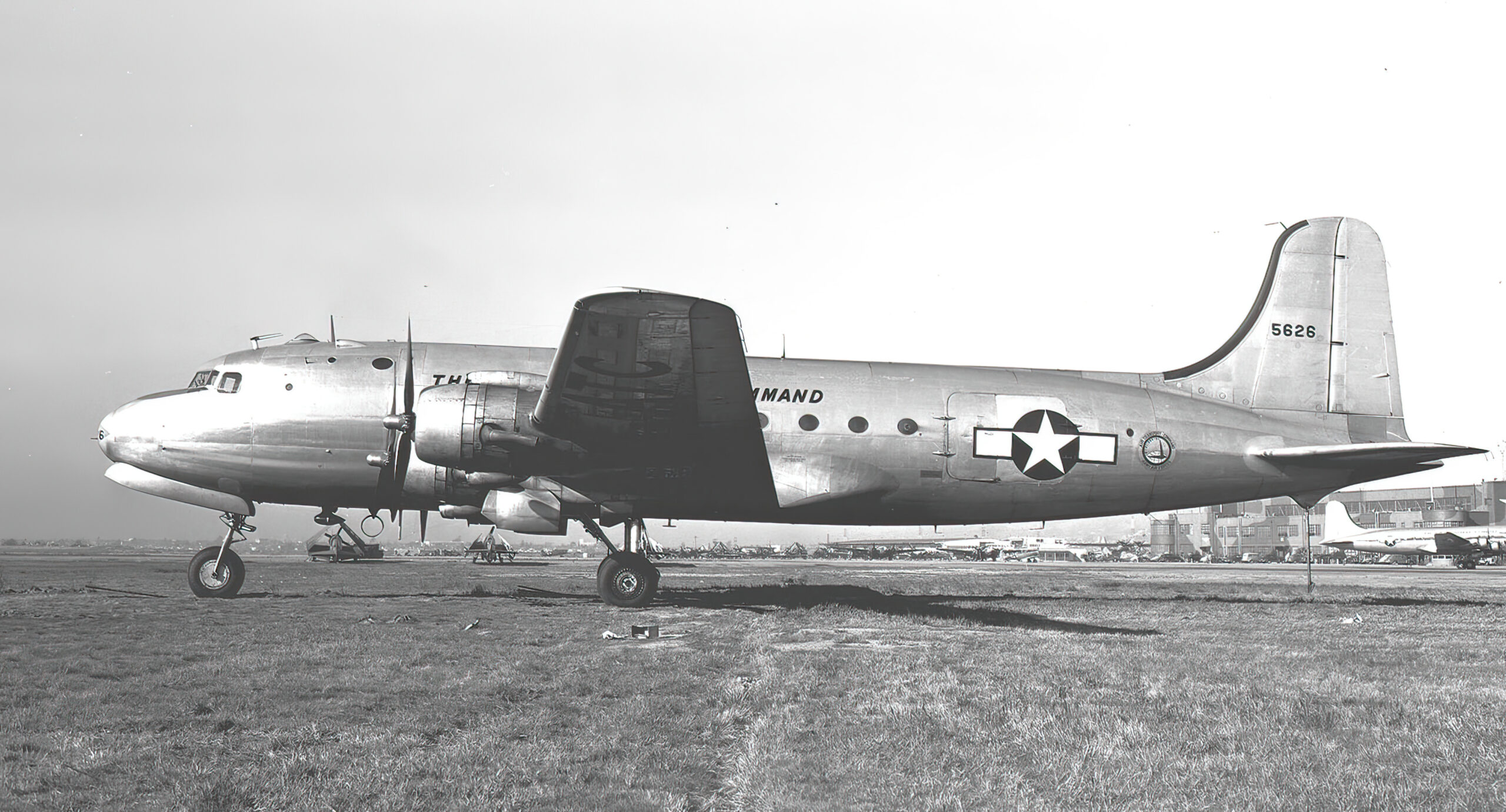
The Engines of the C-54 Skymaster
Under the hood, the Skymaster boasted four Pratt & Whitney R-2000 radial engines, each generating 1,450 horsepower. These powerful engines gave the Skymaster an impressive range, allowing it to ferry substantial cargo over long distances. Crucially, the aircraft maintained reliability, a significant factor during its extensive wartime service. The Pratt & Whitney engines allowed the Skymaster to fly over the most hostile terrains and weather conditions, showcasing its impressive resilience and power.
A Skyborne Lifeline
The Skymaster played a vital role during World War II and the Korean War, offering a lifeline in the sky for troops on the ground. It transported everything from troops and supplies to VIPs, including presidents and prime ministers.
One of the C-54’s most significant contributions came during the Berlin Airlift in 1948-49. When Soviet forces blockaded West Berlin, the Skymaster airlifted supplies into the city, providing an essential link for the citizens of West Berlin. They hauled everything from food to coal, earning the nickname “Candy Bombers” due to the practice of dropping candy to the children of Berlin.
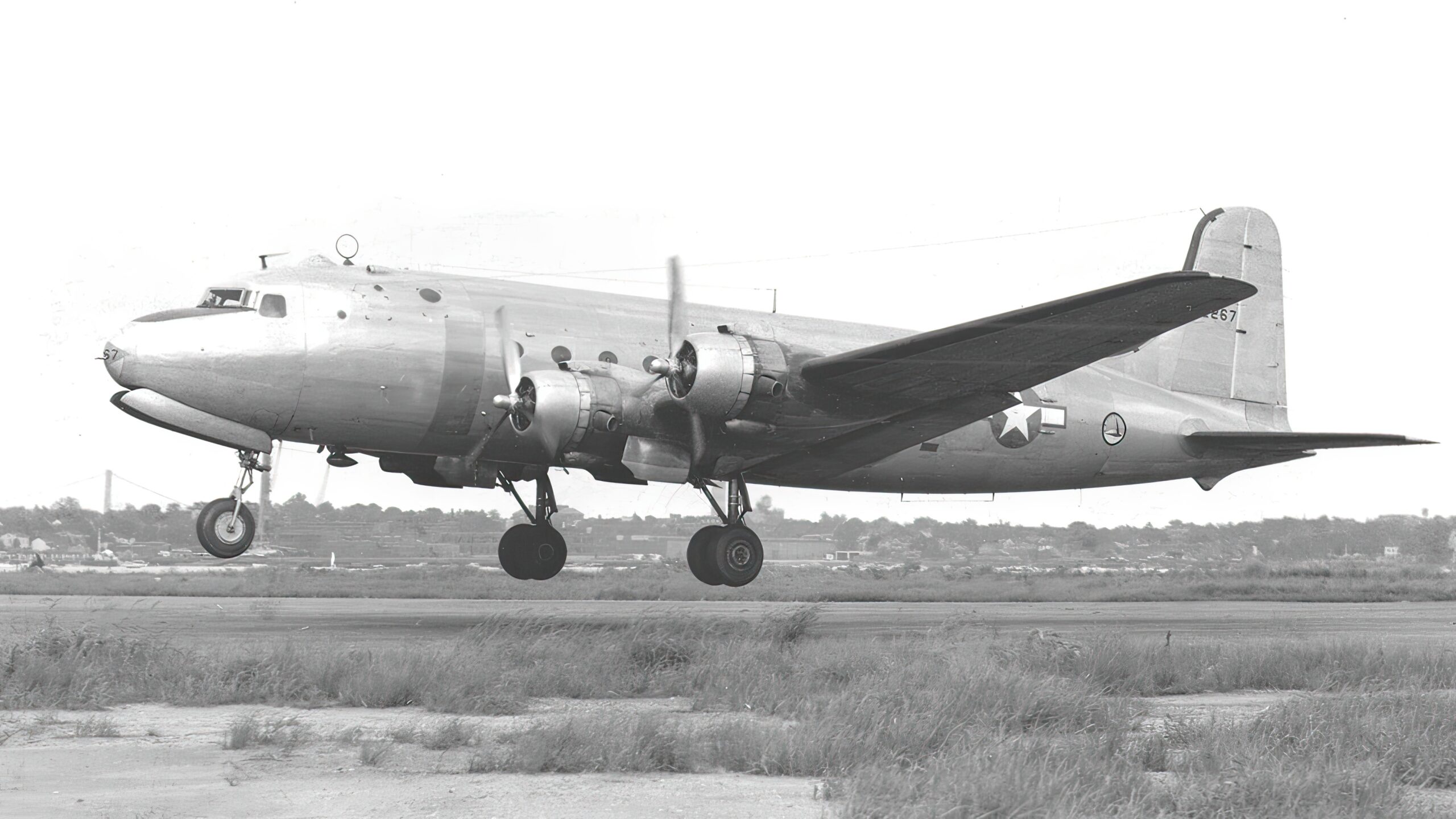
Graceful Veteran
The Skymaster’s contributions didn’t end with the ceasefire. After the Korean War, more than 30 countries continued to use the Skymaster for military and civilian purposes. They served in air-sea rescue operations, scientific and military research, missile tracking, and recovery.
In fact, the C-54 Skymaster has the unique distinction of being one of the first aircraft to transport the President of the United States, serving President Franklin D. Roosevelt during World War II. It also found fame in the commercial aviation sector, with some Skymasters continuing to fly cargo well into the late 20th century.
